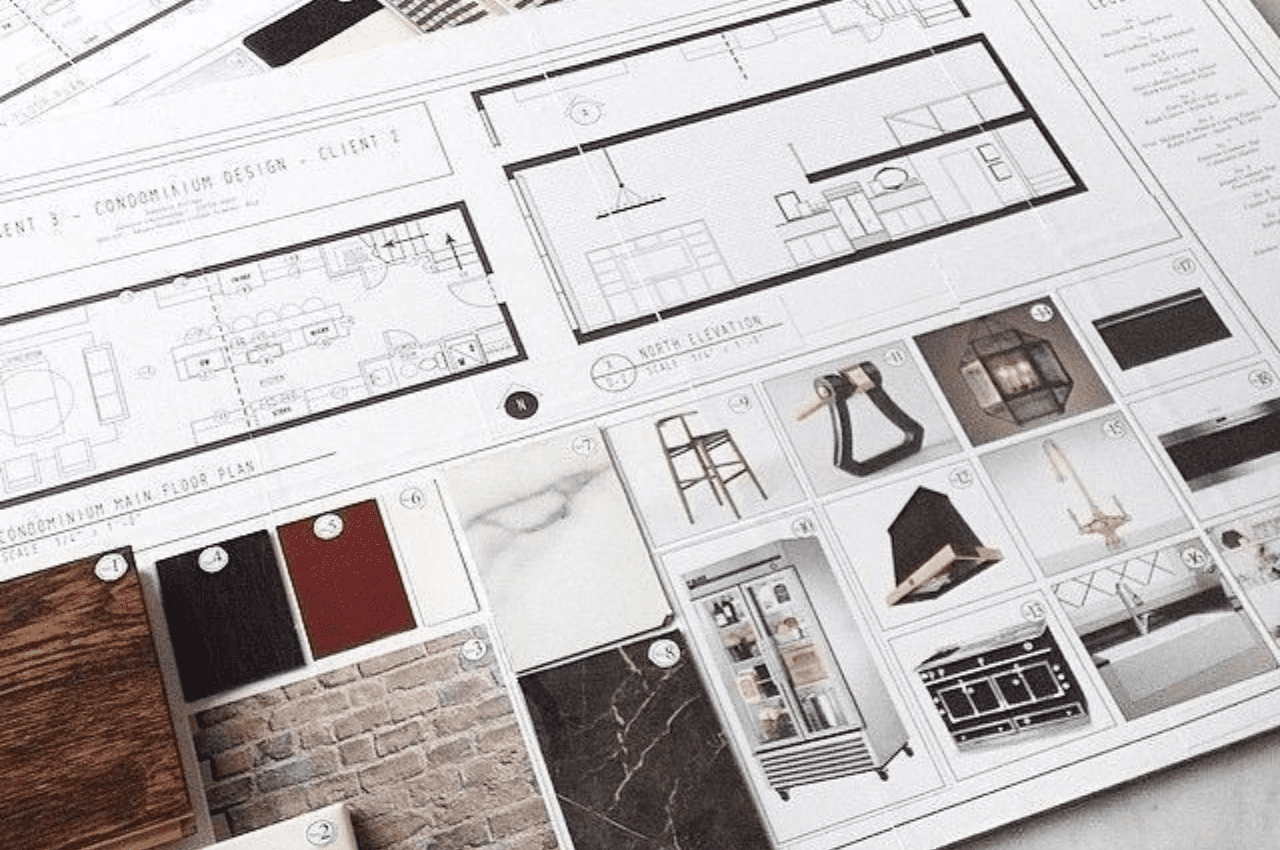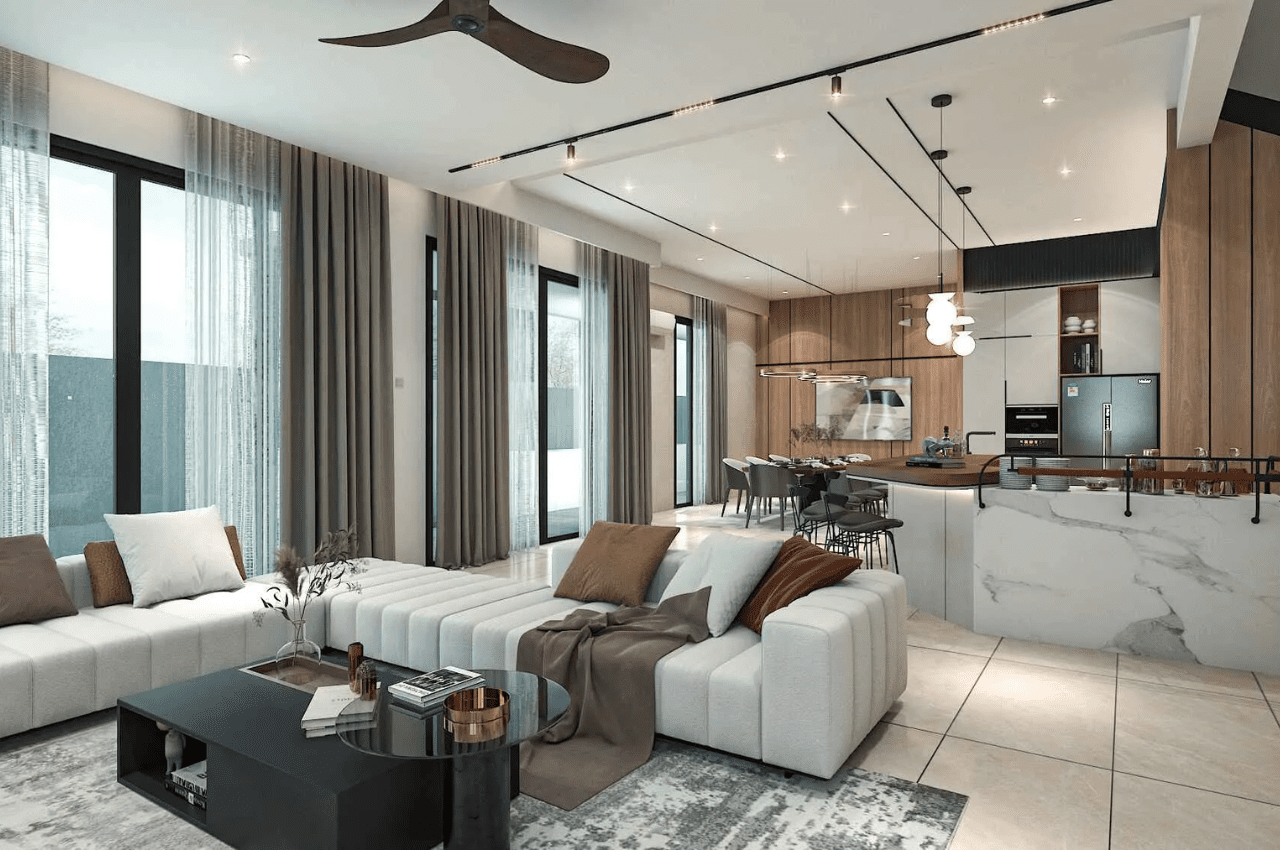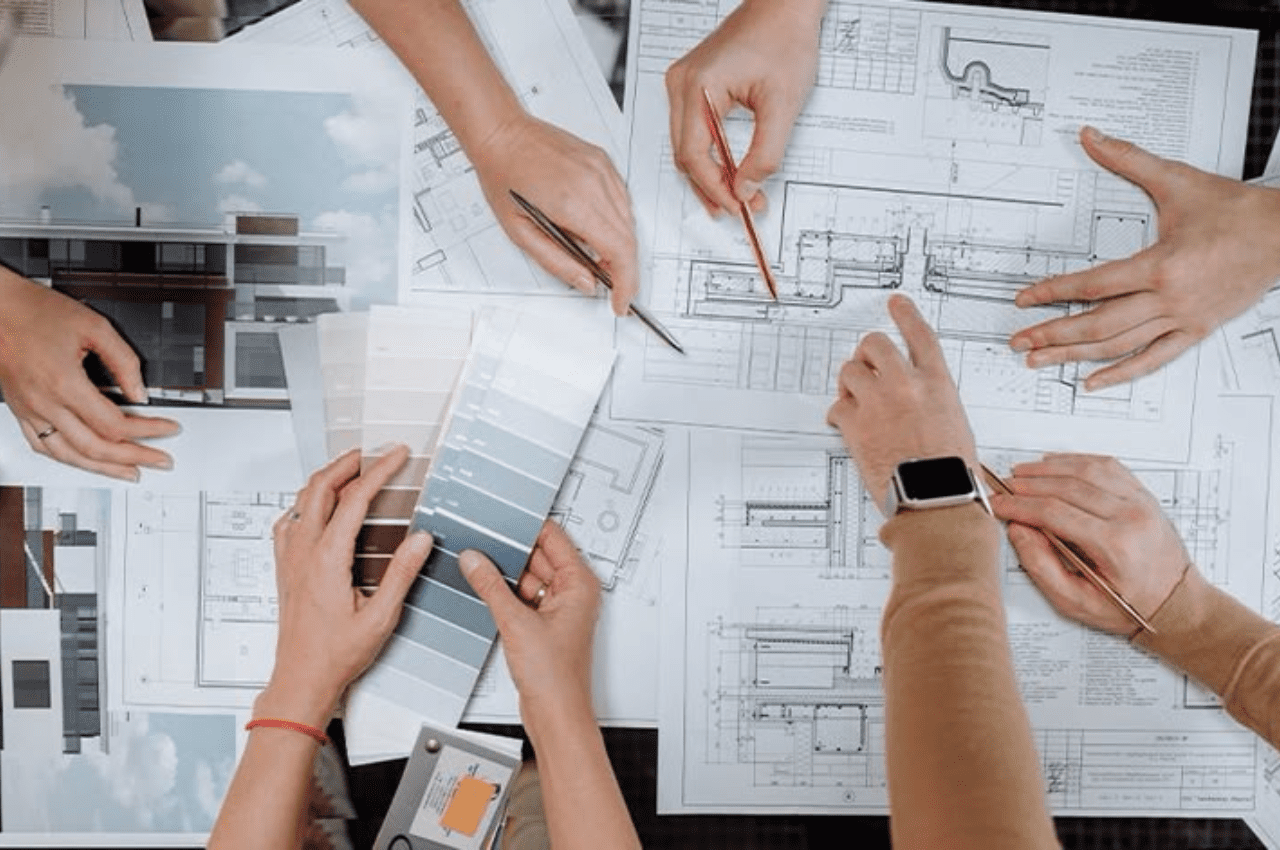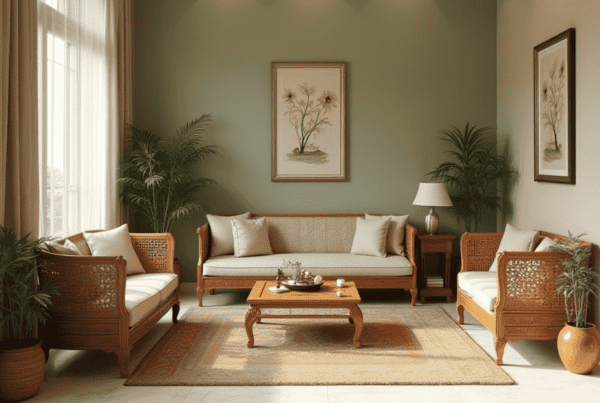Introduction
Interior design company can benefit a project in many ways, whether it’s a home renovation, an office design, or simply refreshing a room. A professional designer will bring the expertise, creativity, and resources to turn an ordinary space into something extraordinary. With no clear understanding of what to expect in a design project, one could find the whole experience rather overwhelming. This article will provide a clear outline of the steps involved in working with an interior design company from beginning to end, thus keeping your journey smooth and making sure that the results will amaze you.
1. Initial Consultation and Understanding Your Vision
This is an initial consultation between you and an interior design agency. Here is where the idea is born. The designer would want to know about your personal style, the purpose of the place, the overall budget, and your design preferences with respect to color, texture, furniture, and much more. You must, however, be uncompromising with regard to what you want and how you convey your ideas.
Spend some time before you meet to get inspired. Create a Pinterest board or collect clippings from magazines that embody the style you want. Consider what works in your current space and what doesn’t. The more details you provide, the better the designer will be able to tailor their thinking to fit your needs.
The designer will typically visit your property and survey your space, taking the dimensions and architectural features and leaving within it only those furniture or fixture items that you want to retain. This is a crucial step, as it helps to ascertain the functionality of the space as well as to find limitations, such as structural restrictions or budget constraints.

2. Concept Development and Design Proposal
After the initial consultation, a design concept will be developed by the designer. The conceptual sketches, color palettes, mood boards, and samples of possible materials are all part of this process. Most importantly, these design elements carry with them the essence and spirit of the entire project. Feedback is essential during this early design stage so that the concept can vary according to your wishes.
If the project involves renovations to a home, this is the time when things like layout changes or repositioning of spaces may be suggested by the designer. Walls could be considered for knocking down to comply with forming an open living plan, or the best positions for furniture could be created for enhanced flow. Discussions on offices might include the arrangement of functions, workflow, and aesthetics.
Finally, a rough cost estimate will be created by the designer, outlining the cost of materials, furnishings, and installation. Depending on the size of the project, the designer might make suggestions to break the work down into phases to ease the financial pressure.
3. Finalizing the Design and Budget
After reviewing the first concept, we can finalize the design and budget. At this stage, anything can still be modified regarding the layout, colors, or choosing pieces of furniture for one’s space. The interior designer will give a more in-depth line-up of plans, including 3-D rendered shots, which will help you visualize what it will look like once the interior space is done.
One of the significant considerations at this time is to confirm your budget. A good designer will work with you to prioritize spending that goes out of your budget. Still, it’s nice to offer alternatives to the lofty prices of their items or recommend some value-engineered options that achieve the same thing in prettier conditions. They will also keep you apprised of the timeline for the project so you know when to expect each phase of the work to be completed.
The final design package must contain detailed specifications such as measurements, finishes, and particular requirements since the whole project blueprint is the package itself.

4. Sourcing Materials and Furniture
With the design finalized, the next step is sourcing materials and furniture. This part of the process involves the designer choosing and procuring the items that will bring the vision to life. Whether it’s custom furniture, wallpaper, or lighting fixtures, the designer will tap into their network of suppliers, manufacturers, and artisans to ensure that everything is of the highest quality.
This is where the designer’s expertise shines. They have access to a wider range of resources than the average consumer and can find unique items that match the aesthetic and functional requirements of your space. For example, they may source vintage pieces, locally made art, or rare fabrics that would be difficult to find by yourself.
While the designer handles most of the purchasing, you will typically have the opportunity to review and approve key pieces before they are ordered. If there are items you’re unsure about, the designer may provide options or alternatives.
5. Project Management and Execution
Once the materials and furniture have been sourced, it’s time to start implementing the design. The interior design company will usually handle the entire installation process, ensuring that everything runs smoothly. This includes managing contractors, coordinating deliveries, overseeing the installation of furniture, lighting, and fixtures, and ensuring work is completed according to the design specifications.
For larger projects, the interior designer may act as the project manager, ensuring that the work is completed on time, within budget, and to the agreed-upon standards. They will coordinate with electricians, painters, carpenters, and other specialists, as well as ensure that any issues that arise during construction are dealt with efficiently.
The designer will also oversee the aesthetic aspects of the project, such as placing artwork, arranging furniture, and ensuring that color schemes and finishes are applied correctly. This hands-on involvement helps to avoid errors or discrepancies between the original design and the final result.

6. Final Reveal and Adjustments
Once everything is done, the designer will conduct a final walkthrough with you on the space. That is when you will see all coming together-furniture in place, lighting installed, and artwork hung. Only then will the designer ensure that every detail meets your expectations according to the original story.
At the final reveal, they will allow you to make any last-minute modifications. Probably minor, such as shifting a piece of furniture or finishing up with final touches. Remember, it is a very collaborative process and it’s okay to ask for an adjustment if something is doesn’t quite right.
When everything has been adjusted, you will have an elegant space that is functional. The result will reflect your personal style, enhance the functionality of the space, and contribute to your overall well-being.
7. Post-Completion Support
The relationship with the interior design company doesn’t end after the project is finished. Many designers offer post-completion support, which may include checking in to see how you’re adjusting to the new space, helping with maintenance, or assisting with any future design needs.
Additionally, some designers offer seasonal updates or minor refreshes. As trends change or your needs evolve, you may choose to update elements of your space. Your designer can provide recommendations for new accessories, furniture, or layout changes, keeping your space fresh and aligned with your tastes.
Conclusion
Transforming your space with the help of an interior design company can be an exciting and rewarding experience. From the initial consultation to the final reveal, each step of the process is a collaborative effort that results in a space that reflects your personality, enhances functionality, and meets your aesthetic goals. By working with a professional interior designer, you’ll save time, avoid costly mistakes, and achieve a cohesive look that ties everything together.
Whether you’re designing a home or an office, the key to a successful project is clear communication, trust in the designer’s expertise, and a willingness to embrace the creative process. With the right designer by your side, your space will not only look great but feel like home.






